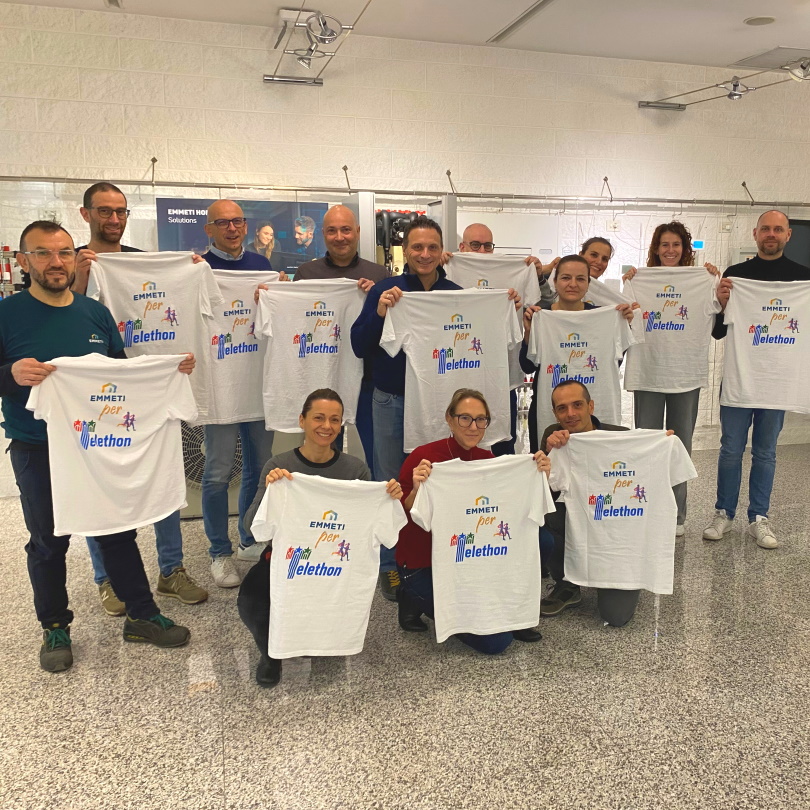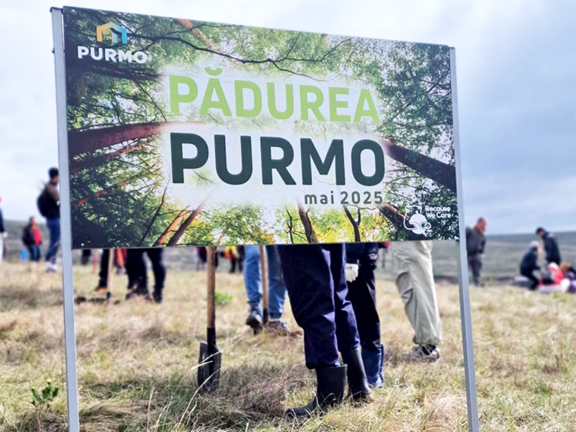Our Complete Care strategy enables us to take more informed decisions and make a positive difference as we progress in sustainable integrated solutions and run our business in line with a 1.5 degree future. This is vital for the planet and great news for our customers, shareholders and other stakeholders.
This is why we’re unafraid to state our stances on the issues that drive ESG debates. Read some of them here.














